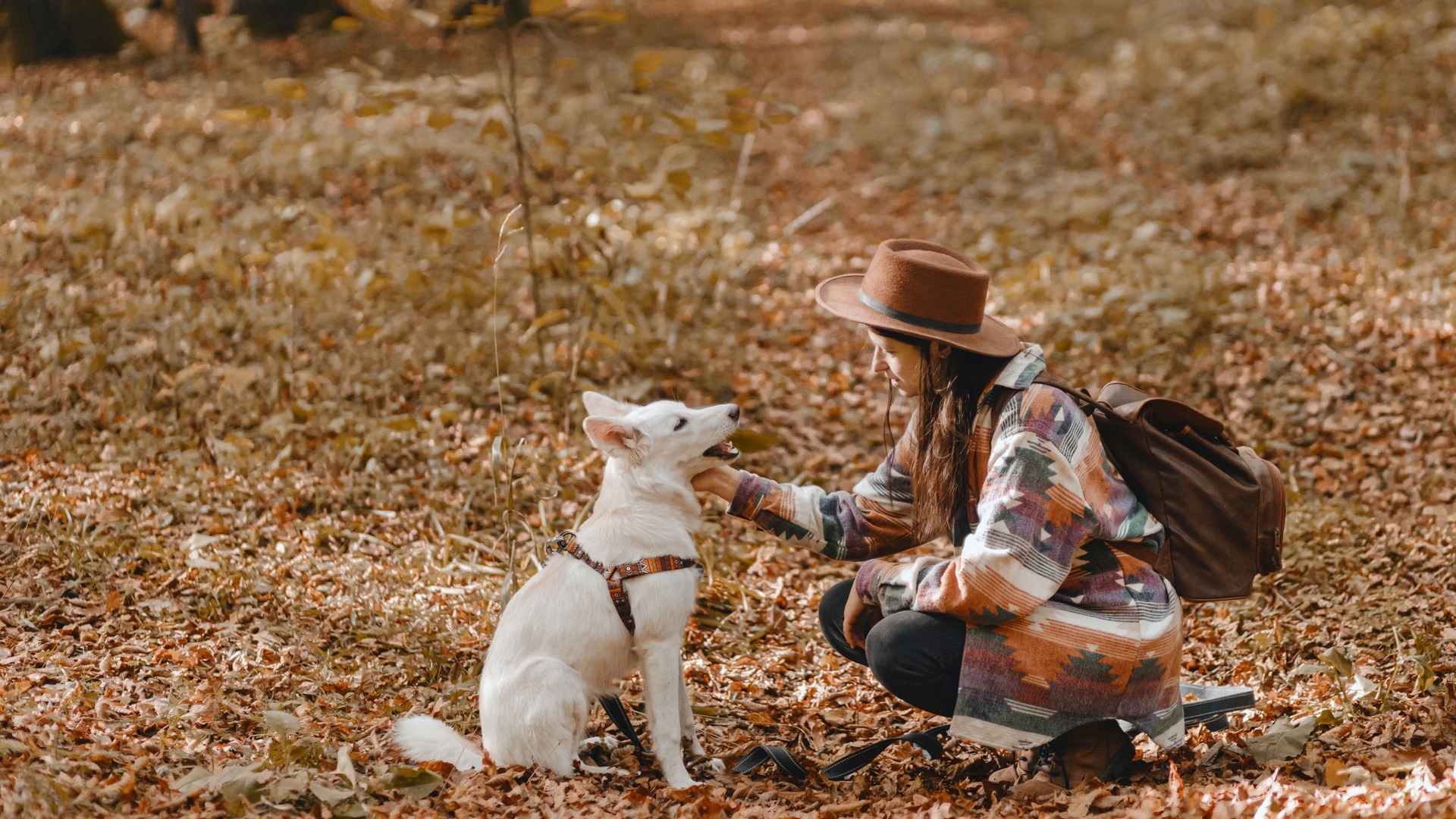Positive Dog Training:
Summary:
Positive dog training means using rewards/positive reinforcement rather than punishment and corrections to train. With positive methods, the dog is guided/lured into doing the behavior and rewarded (usually with a food treat) when he complies. Because harsh methods are not used, training can begin very early, and most puppies quickly learn the basics without ever having their collars jerked or seeing a rolled-up newspaper!
Positive dog training means using rewards/positive reinforcement rather than punishment and corrections to train. With positive methods, the dog is guided/lured into doing the behavior and rewarded (usually with a food treat) when he complies. Because harsh methods are not used, training can begin very early, and most puppies quickly learn the basics without ever having their collars jerked or seeing a rolled-up newspaper!
What is Positive Reinforcement?
Using positive reinforcement to train your dog means rewarding (reinforcing) the behaviors you like and often ignoring (not reinforcing) the behaviors you do not like. You can use treats, praise, or real-life rewards (i.e., games, walks, car rides) to reinforce your dog's good behavior. Marker training is one effective way of using positive reinforcement to train your dog, but it's possible to use rewards without the marker.
Positive reinforcement is a great way to increase your bond with your dog, which is the foundation of any successful training plan where the dog is focused and eager to engage. It is used for all types of training and behavior issues without causing harm, and it considers what your specific dog likes and who he is. The benefits of positive reinforcement training, also referred to as positive reinforcement training, include a happy training relationship with your dog, ease and clarity of information for your dog, and effectiveness. Positive reinforcement training can also be enriching mentally for your dog as it requires the use of problem-solving skills.
Positive reinforcement training means that good behavior predicts good rewards, making that good behavior more likely to occur again in the future. Thus, the behavior becomes stronger and more robust, allowing the dog to make educated and positive choices.
Punishing or scolding a dog doesn't help him behave properly or tell him what we expect him to do in a given situation. Positive reinforcement training tells the dog what to do instead of the undesired behavior.
Reinforcers are like money: each kind has a value for your dog, and some are worth more than others to him. The value can vary from one situation to another. For example, if you want your dog to come when called in the park, maybe scratching and petting him is not as rewarding for him as a piece of hot dog and letting him return to exploring. But when you teach him to lie on his bed at home, scratching his belly might be the best reinforcer.
Reinforcers (commonly referred to as "rewards") aren't just food; food is by far the easiest to use if that's what your dog likes.
- A leaf
- A paper plate
- Anything that your dog finds interesting in the moment.
- Bacon
- Balls
- Cheese
- Diced Chicken
- Freeze-dried Liver
- Frisbees
- Hot Dogs
- Kongs®
- Liverwurst
- Meatballs
- Other locally available treats
- Petting & Scratching
- Playing hide & seek with their human
- Playing tug
- Running
- Smoked Fish
- Squeak toys
- Swimming
Can all dogs be trained in this way?
All dogs can be prepared with positive reinforcement, but it is only one part of effective training. In addition to positive reinforcement, it is essential to set up a communication system to "talk dog" so you can more easily let your dog know what is expected. All dogs need to know the rules-- no jumping up, no chewing the sofa cushions, etc.-- so it's crucial to be able to tell your dog when he does well AND when he is not doing so well! It is usually not enough to reward behavior you like; it's also necessary to let the dog know when he does something you don't like.


